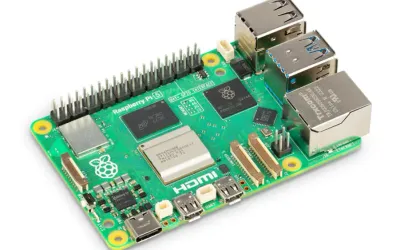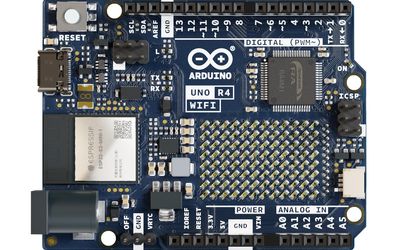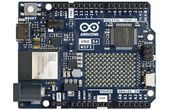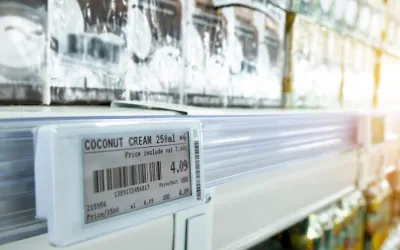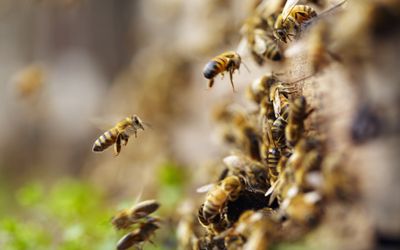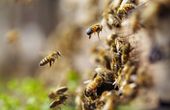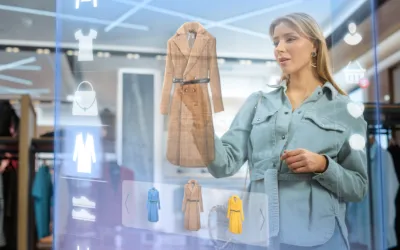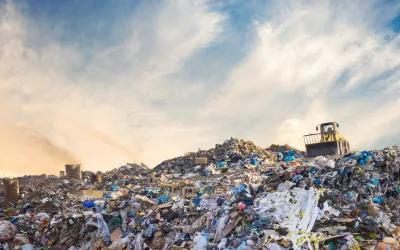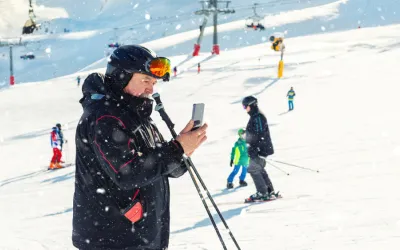Smart lighting is a key component of smart commercial buildings and the connected home. Based on LEDs—which use at least 75 percent less energy, and last up to 25 times longer than traditional incandescent lighting, according to the U.S. Department of Energy (DoE)—combined with Bluetooth LE SoCs like Nordic’s nRF52, nRF53, and the forthcoming nRF54 Series, smart lighting brings illumination into the modern age.
Tagged with
Bluetooth
Latest Posts
Inside the home, Virtual Reality (VR) and Augmented Reality (AR) are moving in on traditional electronic gaming territory. Headsets and sound systems help players feel as if they are actually inside their favorite game. Wireless tech helps make the experience even more immersive by connecting headset and handset(s) for low-latency game control.
Electronic shelf labels (ESL) are connected, low-power ‘e-paper’ display devices that can replace traditional paper labels and can display text, numbers, icons, lines, barcodes and pictures. They enable retailers to automatically update individual shelf price labels from a central point across multiple stores and branches—or in certain geographic locations—at the touch of a button.
A pivotable moment in the remarkable rise of wireless innovation can be traced back a quarter of a century to the emergence of Bluetooth – an interoperable protocol that became a standard, accompanied by an open specification for both hardware and software. In its various forms, Bluetooth has powered a significant segment of the connected world ever since.
While humans can tell each other what they need, it’s not quite so simple for a cat or a dog armed only with a meow or a bark. To better help owners understand their pets’ needs, technology is coming to the rescue. The wearables that have been used to keep tabs on human health and fitness are now being adapted for animals.
Enough food is produced each year to comfortably feed the world’s 8 billion population. Yet, in 2023 at least 345 million people face high levels of food insecurity, according to the World Food Programme. The true number could be twice that. Between harvest and home, one-third of all the food produced is lost or wasted—about 2.5 billion tonnes—the weight of a couple of Mount Everests.





